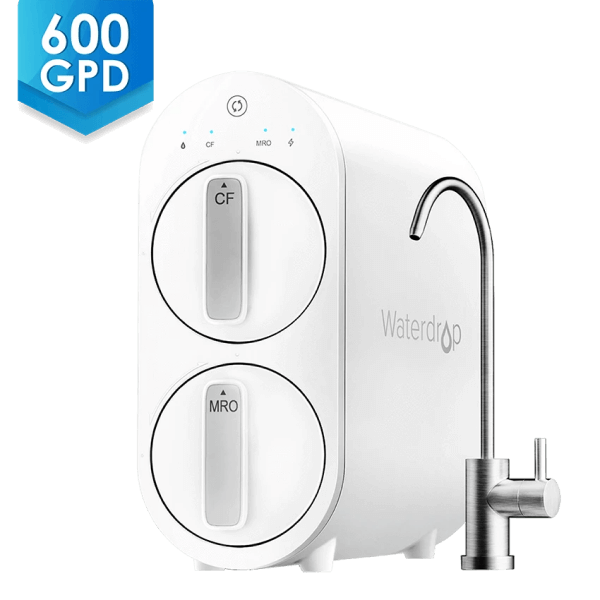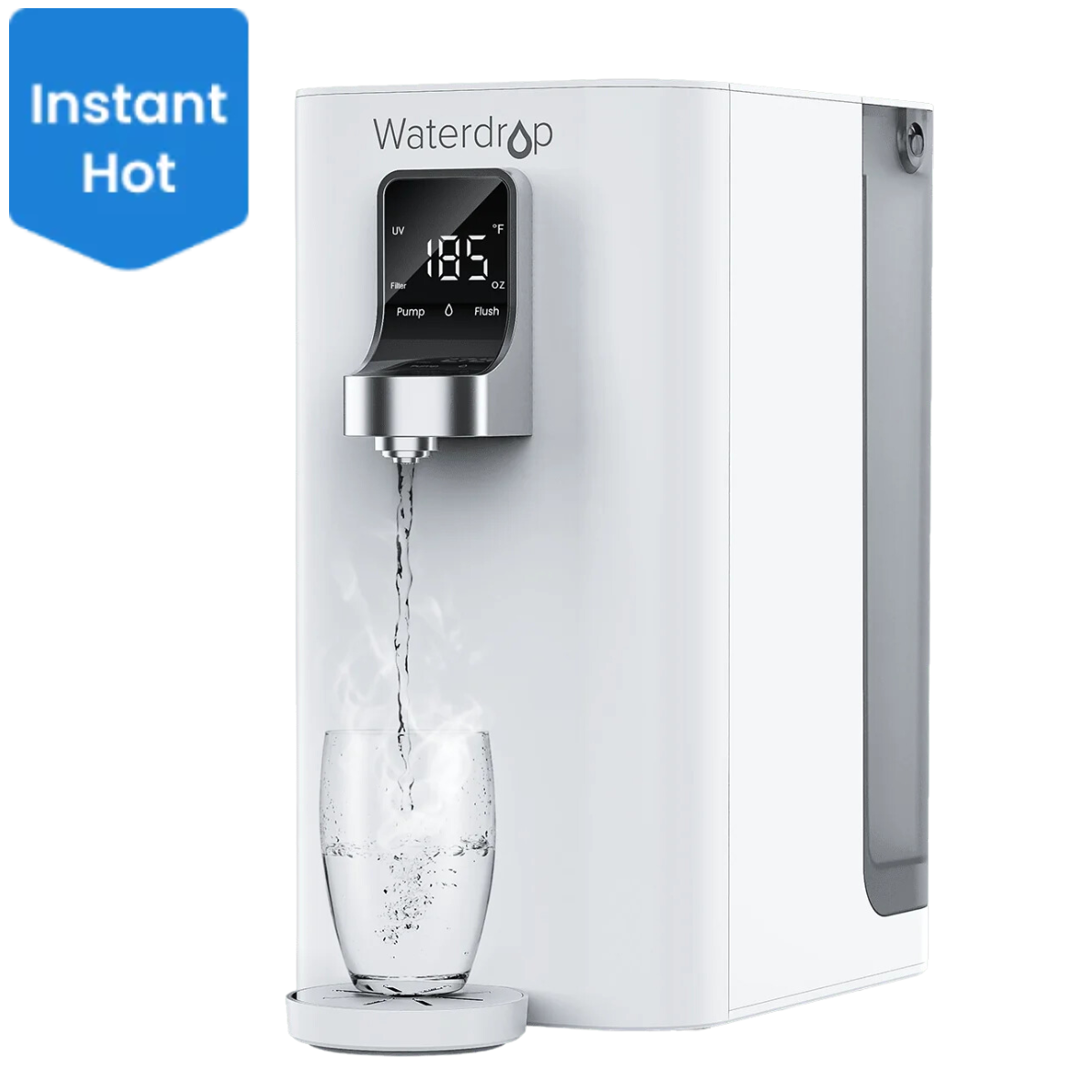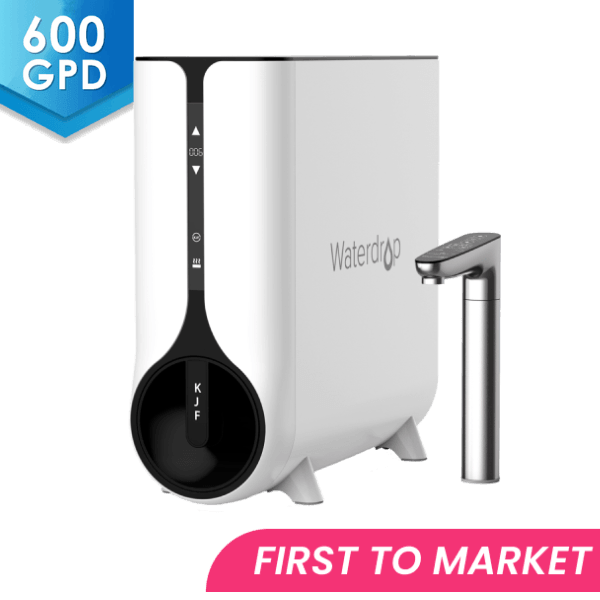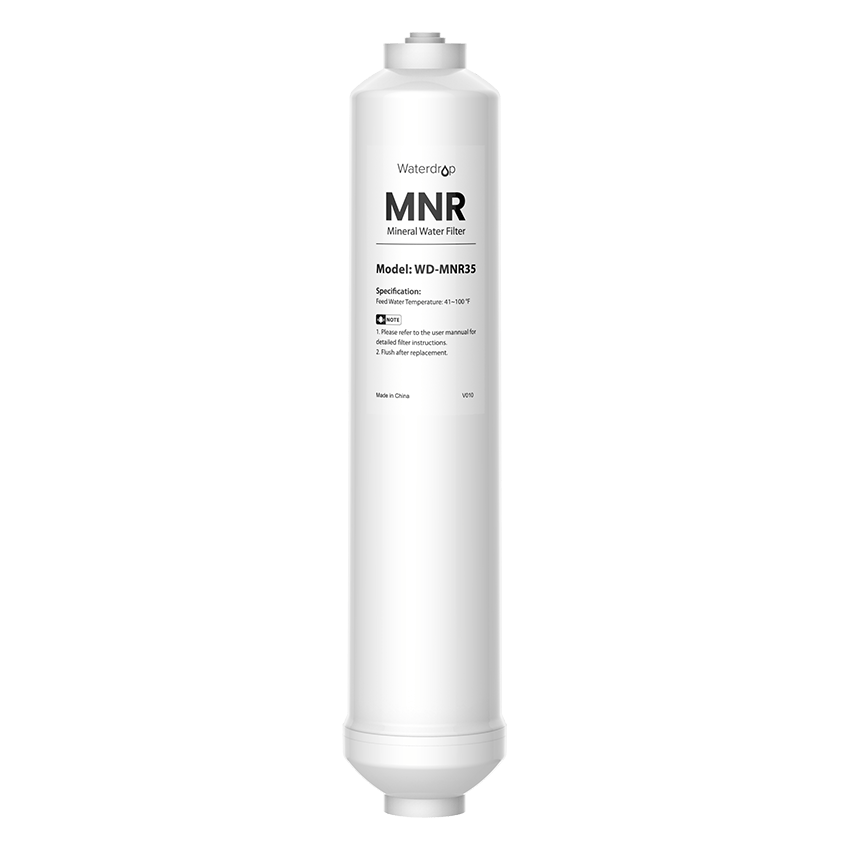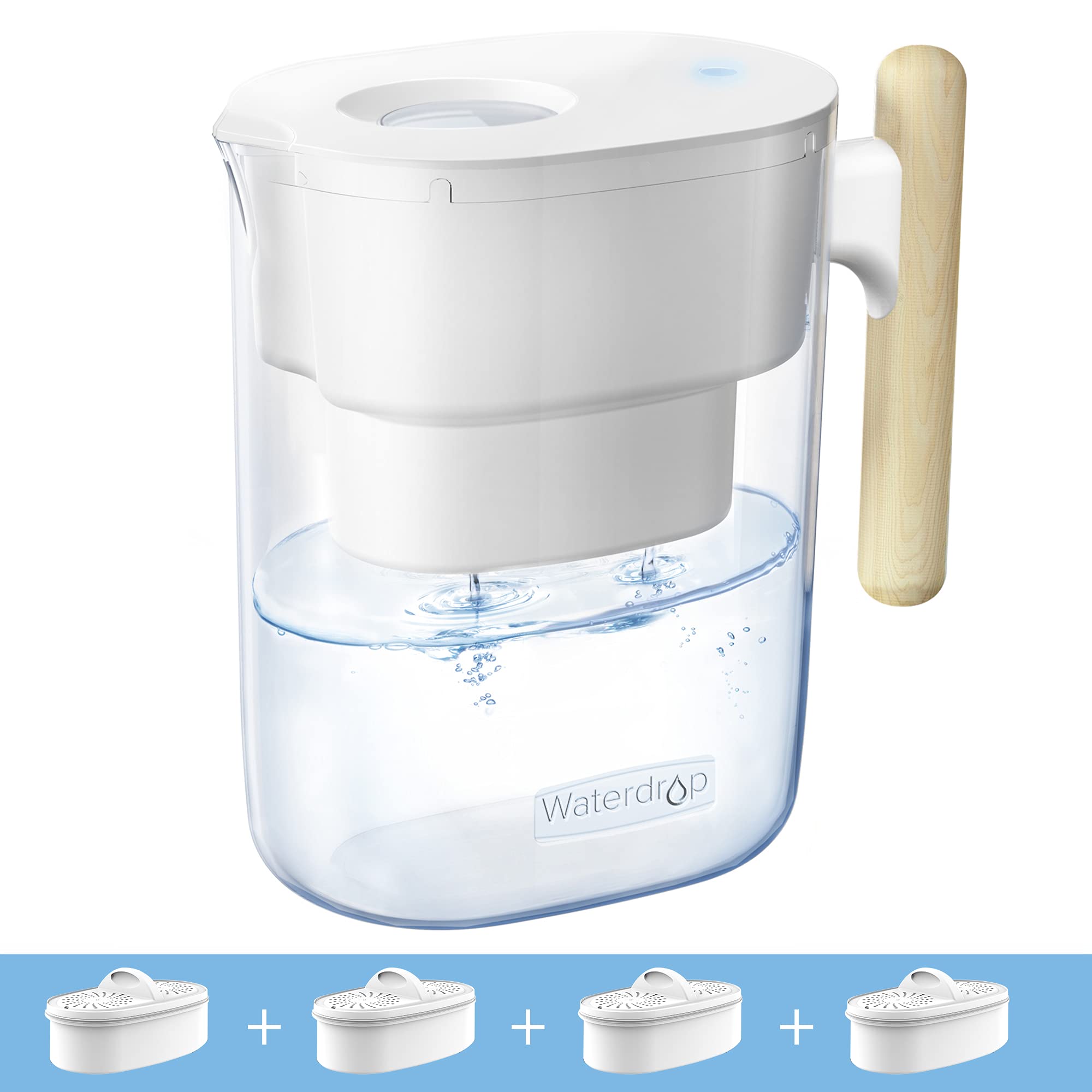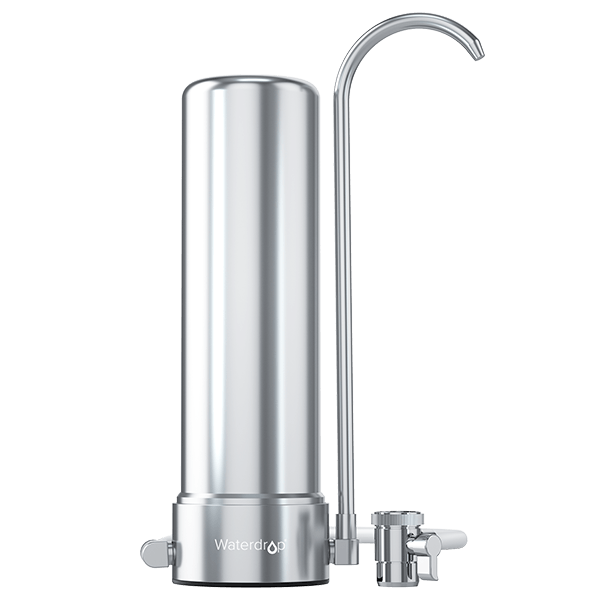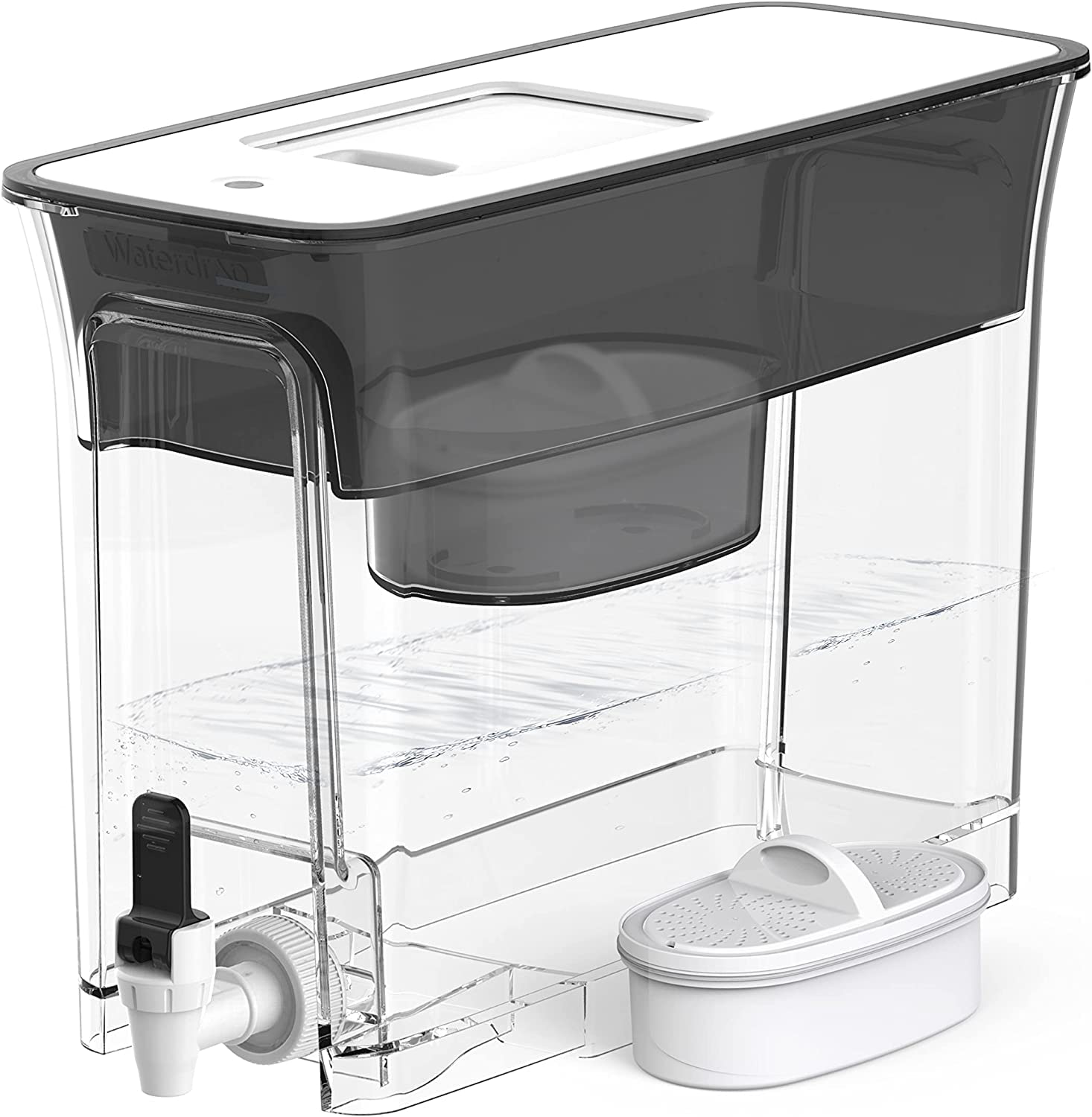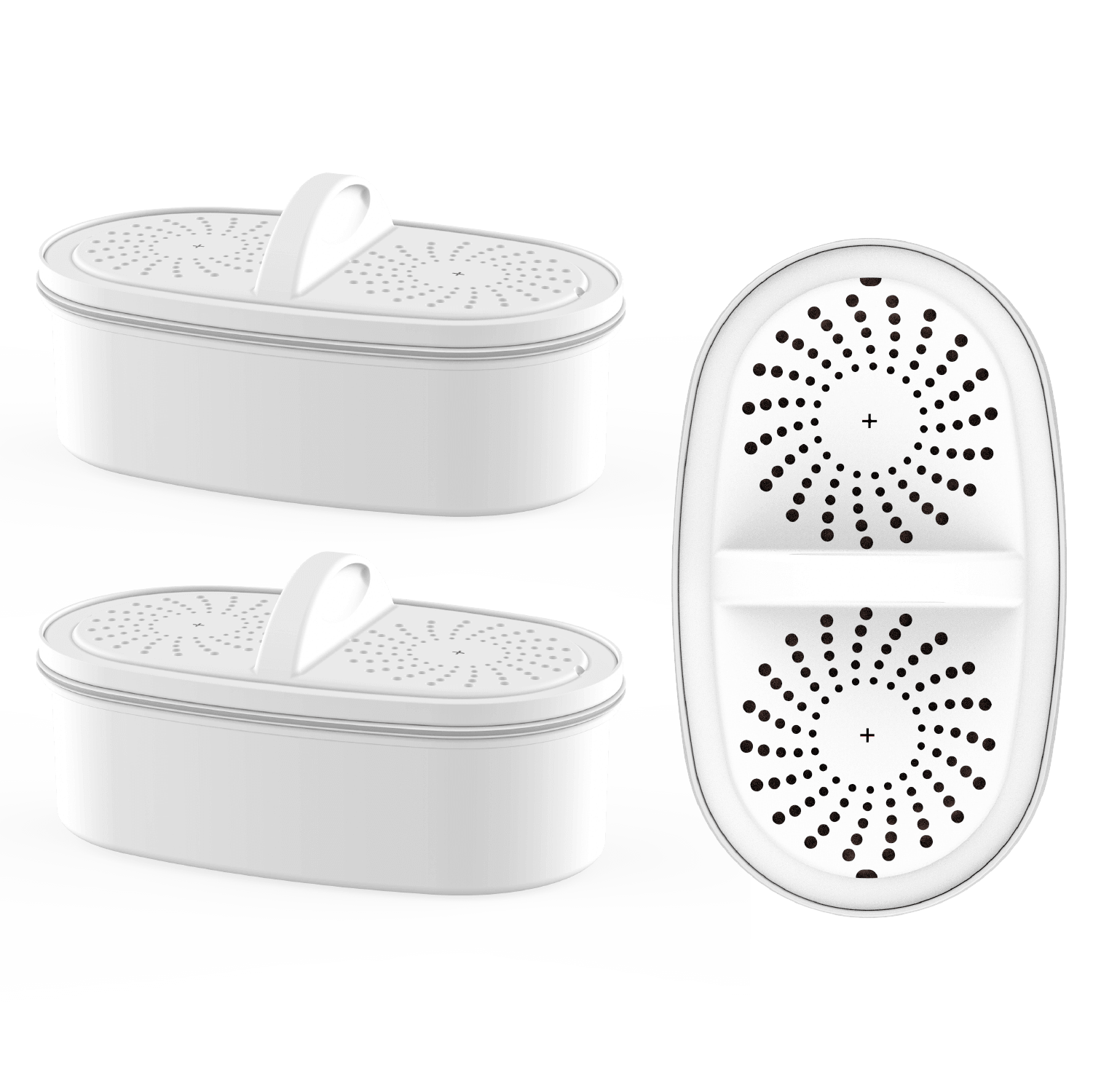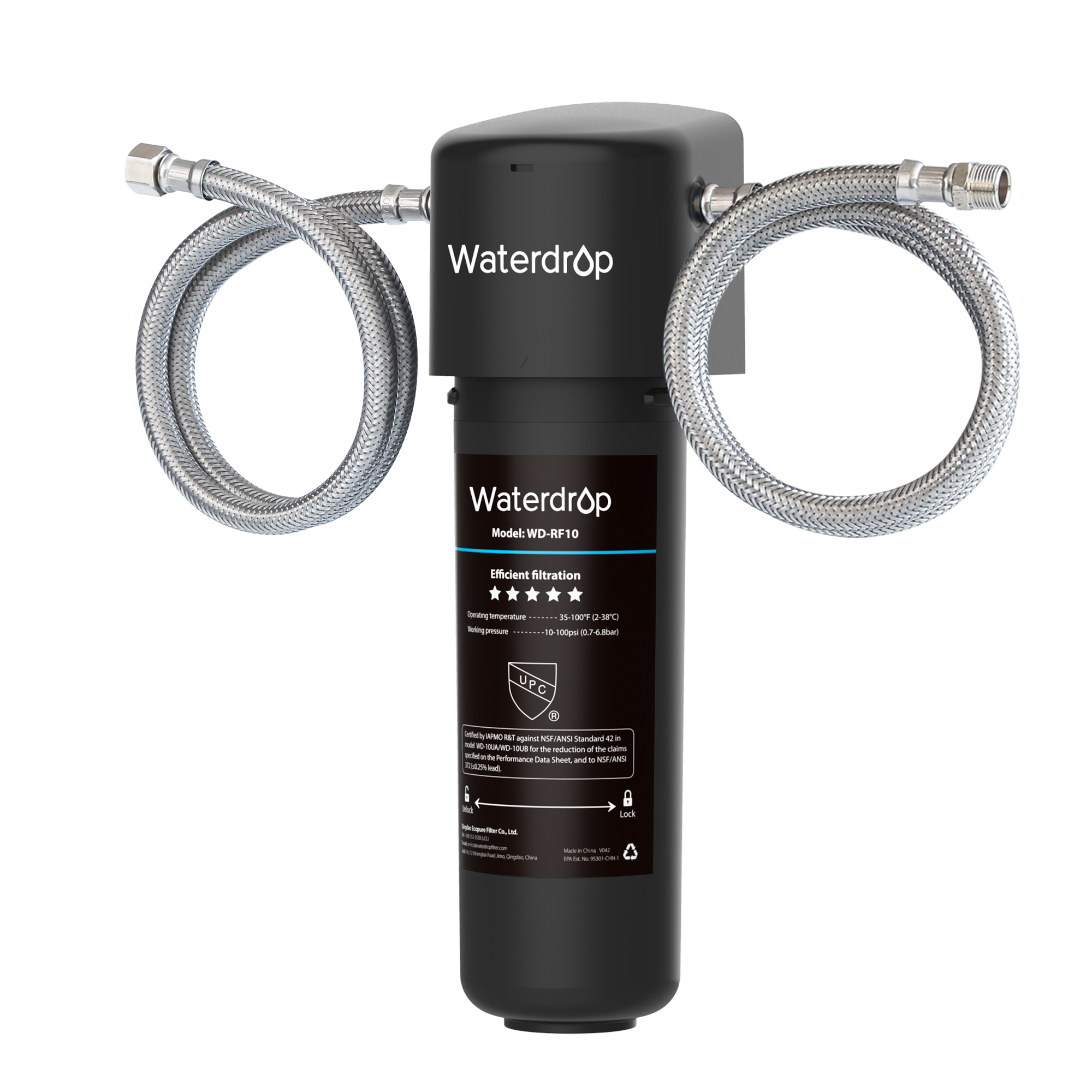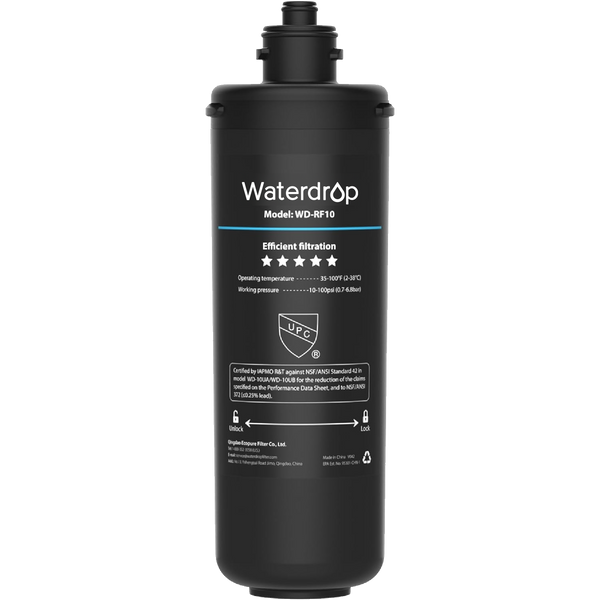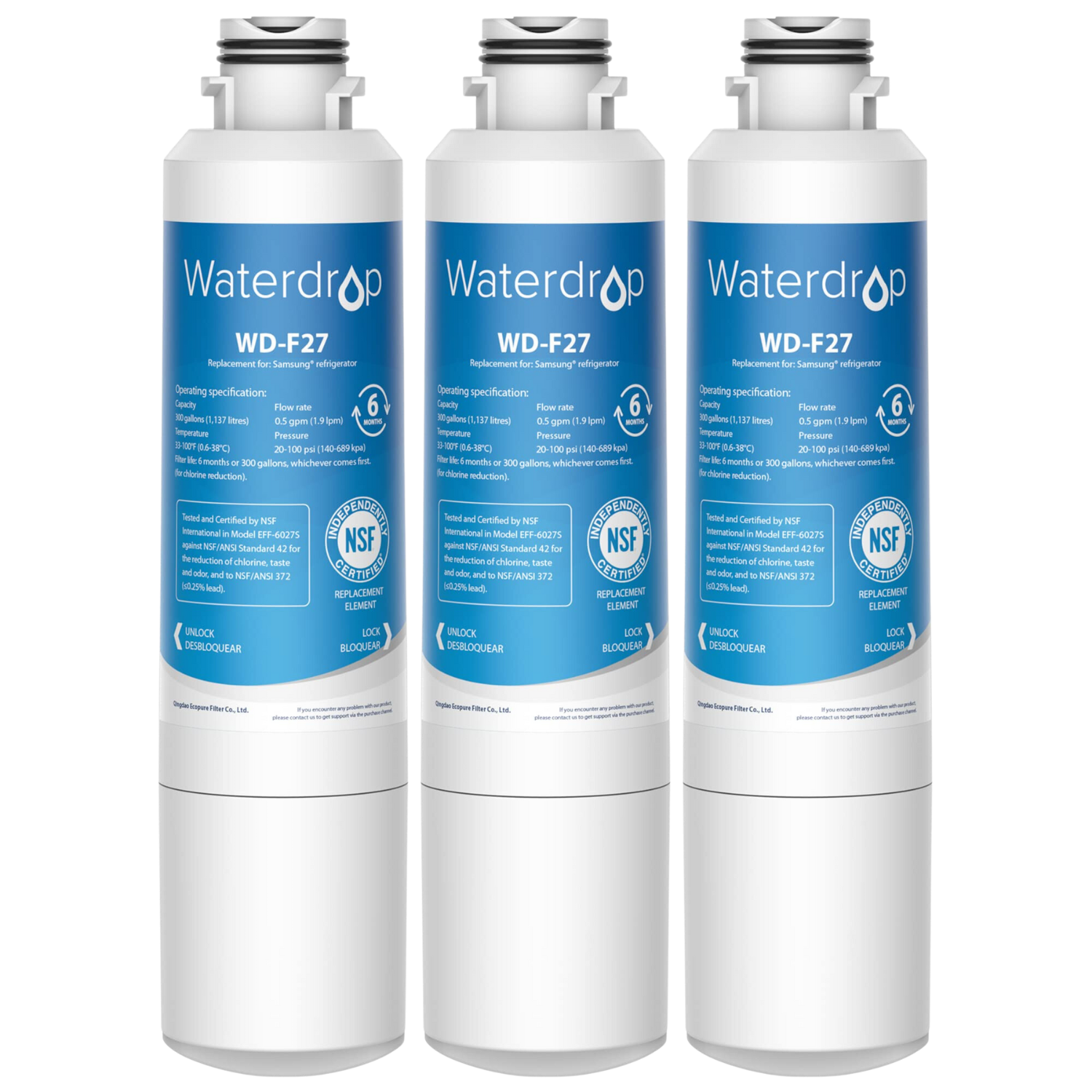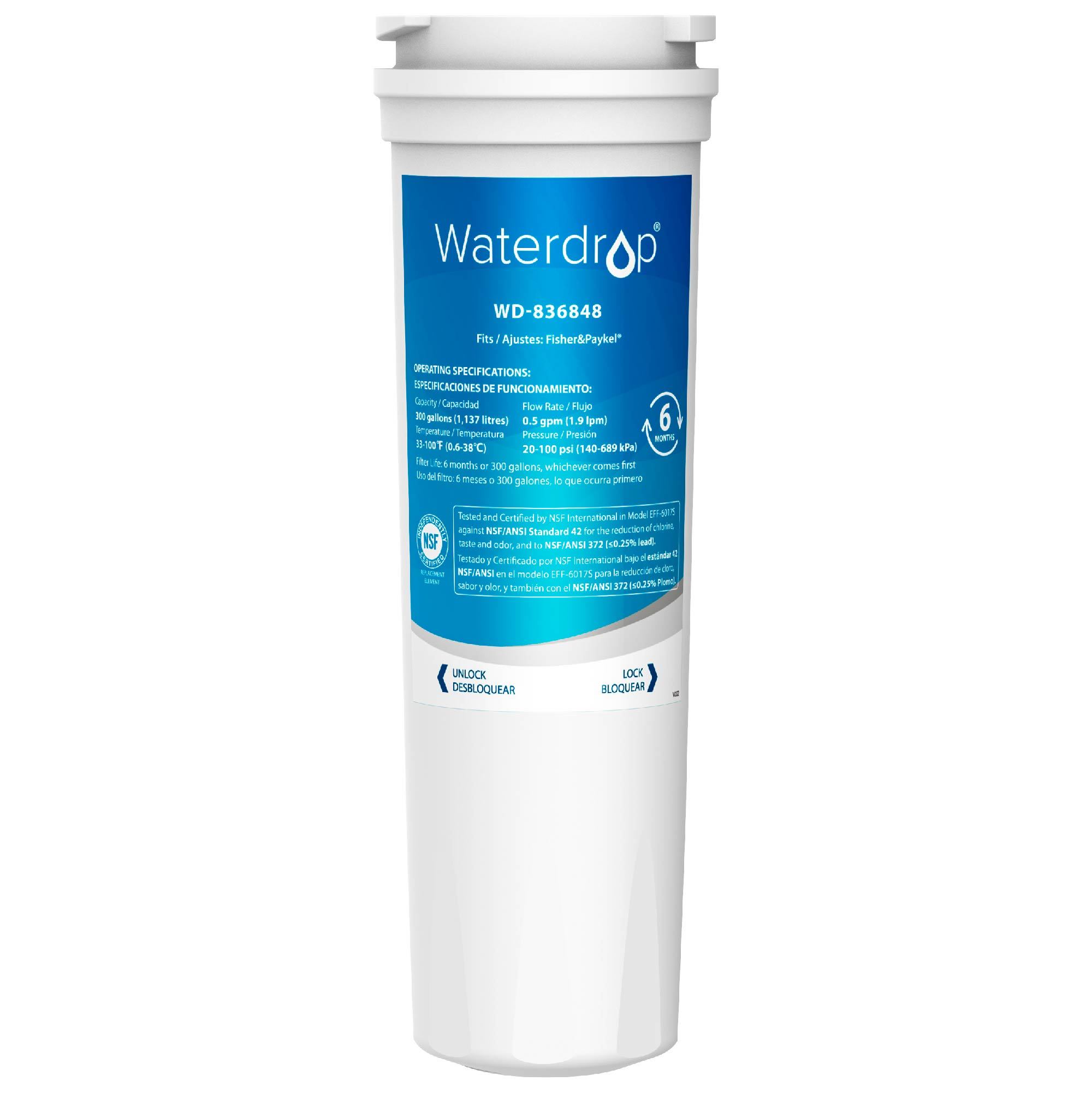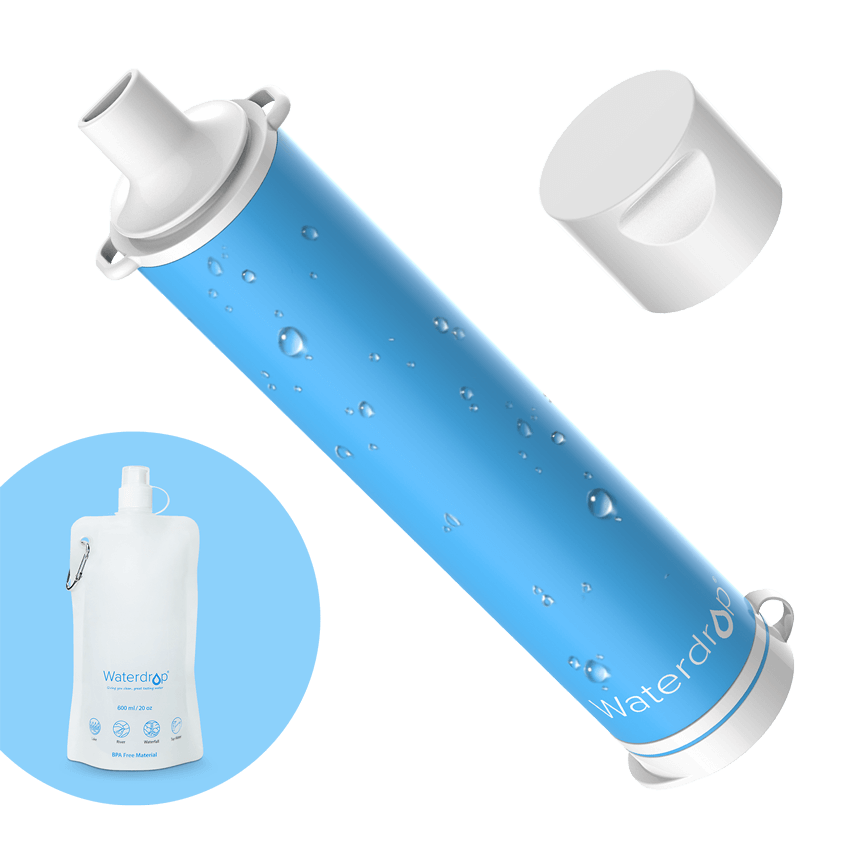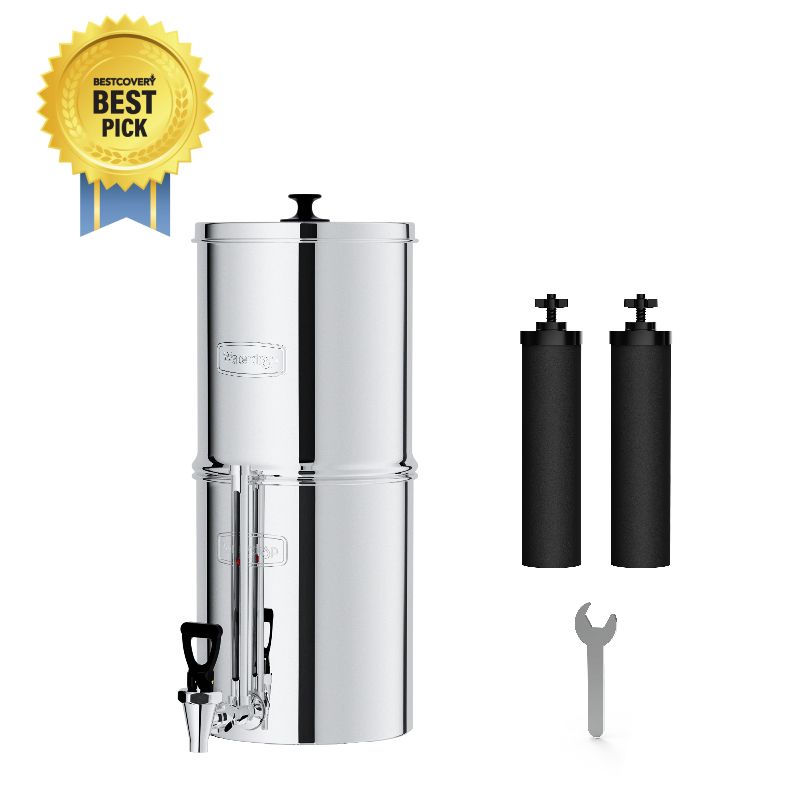Post-Hurricane Guide: How to Guarantee Your Drinking Water is Safe
by Dr. Jonathan Doyle - Updated February 27, 2024
It is of great importance to have good methods for handling crises and responding to emergencies. In case like hurricane, having access to clean drinking water is still very important, since contaminated water can make things harder for first responders. Since most of the infrastructure has been destroyed, having clean water on the ground can help protect against water-borne diseases and provide a vital lifeline for communities and groups that have been affected.
Eye of Hurricane Explained
The calm, clear part of the storm is known as the “ the eye of the hurricane ”. The eyewall around it is very rough, but this is the opposite of that. In the eye of a storm, the winds are usually pretty calm, there isn’t much rain, and the sky is brighter. The centre of the storm has lower air pressure than the areas around it, which changes how the hurricane moves.

The strong winds in the eyewall are pushed by the low-pressure area. Since warm air is rising in the eyewall, thunderstorms will not be able to happen. Conditions will stay mostly calm. There are various sizes and forms of hurricane eyes. Even though it’s quiet, you need to be ready for the next part, which is heavy rain and winds.
Potential Hazards of Contaminated Drinking Water
After floods, hurricanes, earthquakes, and other disasters, water supply lines will almost certainly be interrupted. However, drinking water that is tainted with pathogens, chemicals, and pollutants, which are common in these settings, can be bad for people’s health.
Here are some of the risks associated with unsafe drinking water;
Severe Health Risks
Residents of the affected places are very likely to get diseases from drinking water that is contaminated. For example, heavy metals, chemicals, viruses, and bacteria in water can make you sick. Salmonella and E. coli are known to cause major stomach problems. Dehydration, diarrhea, and even hospitalization in severe cases are common effects.
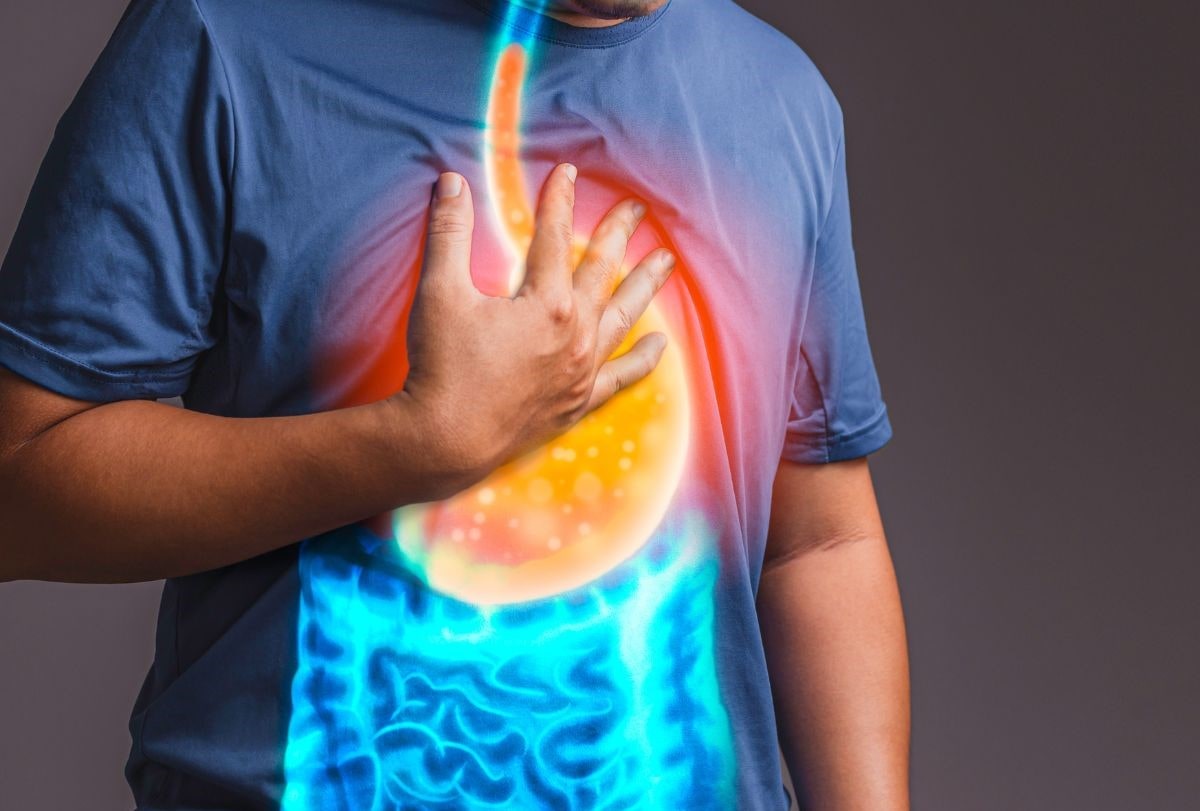
Humans can get long-term health problems from eating foods that contain pesticides, lead, arsenic, and other similar chemicals. Adults with chronic organ diseases and children with growth problems are two examples. Contaminated water contains pathogens that are dangerous and can cause eye irritation and skin infections, especially when used for personal hygiene.
These health risks are scary all the time, but they are even scarier during and after natural disasters like storms when medical care is limited.
Widespread Waterborne Diseases
Waterborne diseases are easily spread when people drink contaminated water. When giardiasis, hepatitis A, dysentery, and cholera get into water sources, they can spread to people in the neighborhood. More people are getting symptoms like throwing up, fevers, and bad diarrhea. The number of hospitalizations and deaths goes up, especially if children and older people are harmed.
Higher Risk Among Vulnerable Populations
Vulnerable groups include children, pregnant women, the old, and people whose immune systems aren’t very strong. After a storm, these groups are more likely to be hurt by drinking water that is polluted.
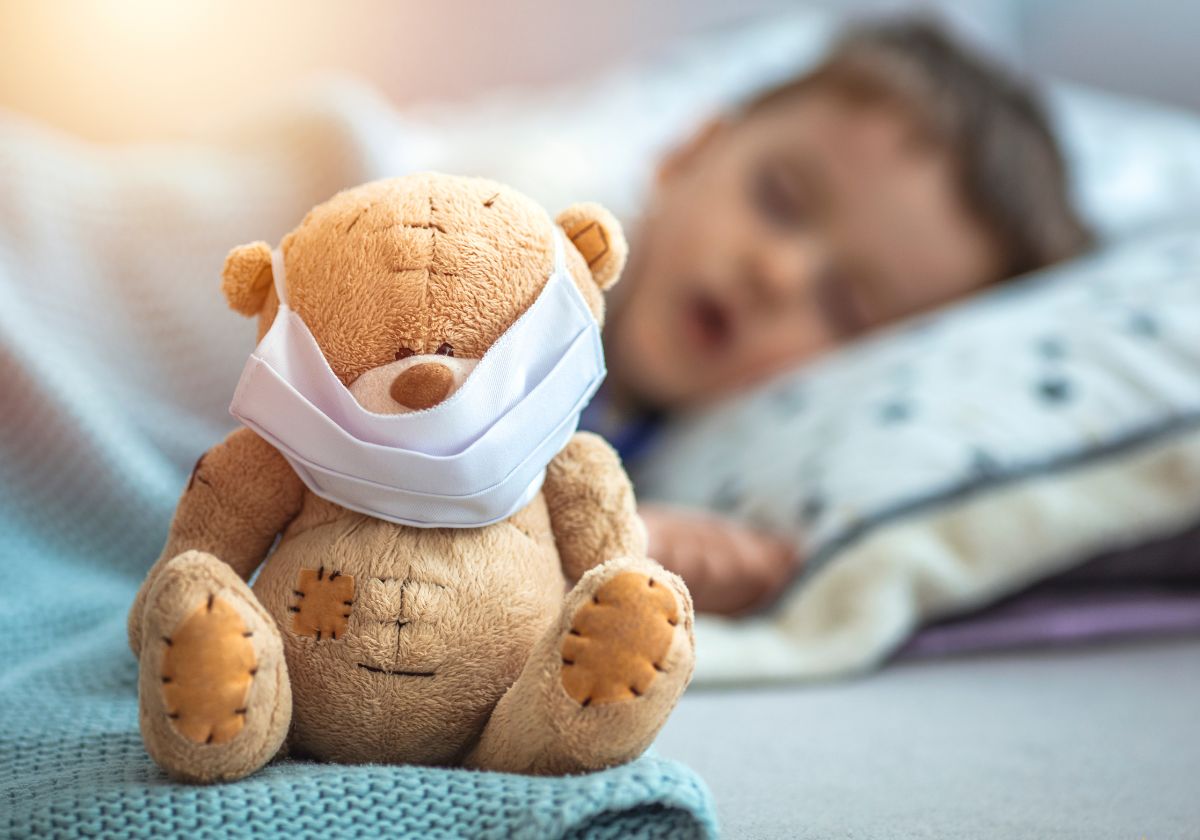
Children are more likely to be affected by these compounds because their bodies are still growing. This can have very bad effects on health and growth in the short and long term. Older people are also more likely to get infections from waterborne germs because their immune systems aren’t as strong.
If women who are expecting can’t get clean water, the health of their unborn children could be at risk. The same is true for people whose immune systems aren’t working well; pathogens in contaminated water are more likely to make them sick.
Because of all of these things, it is very important to make sure that these weak groups can always get clean, safe drinking water, even during and after a natural tragedy.
Providing Safe Drinking Water During Emergencies
Buying bottled water, building water filtration systems, and finding portable water filtration devices are all useful ways to make sure people can get clean drinking water after a disaster. Because protecting public health is so important, time is of the key in these situations.
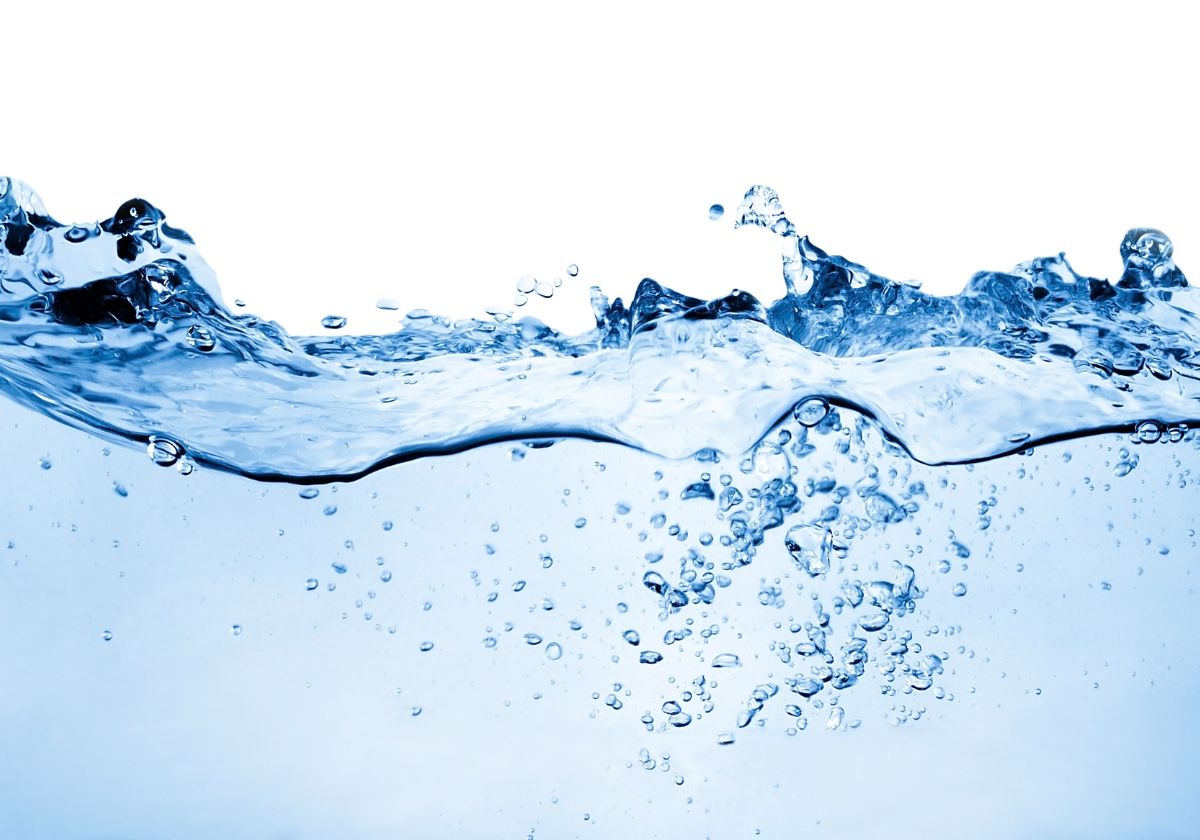
Waterdrop 2.25-gallon King Tank Gravity Water Filter System
Waterdrop King Tank gravity water filter is equipped with a 2.25-gallon large capacity. This meets the water needs of a 4-person family, ensuring you get pure water indoors or outdoors. The product is equipped with two carbon filters (black) as standard equipment with 6,000-gallon capacity. It doesn’t need electric power or a public water source, making it suitable for emergencies.
The coconut shell-activated carbon block is adopted as the natural filter media. It offers up to 98.95% of chlorine reduction. The gravity-fed water purification system also reduces heavy metals, sediment, rust, soil, and other impurities, while improving the odor and taste.
Ways to Personally Safeguard Your Drinking Water
You can connect a water filter straw to water bottles or water bags. The extra syringe backwashing is unnecessary, making it a space-saving and easy-to-use filtration device. You can trust this device to meet your outdoor water needs, including camping, traveling, and hiking.
For daily use, the Waterdrop water filter straw is a way to clean water. It works by filtering out harmful chemicals and germs in your water using a 0.1-micron hollow fiber membrane. There is also a high-quality carbon fiber triggered by coconut shells that make the taste and smell better. You are about to have a great time drinking water that is safe.
To Round Up
After a natural catastrophe, drinking water safety is very important. It is an important part of every emergency reaction and helps protect health by stopping waterborne diseases, especially in groups that are more likely to get sick. People, companies, and services can get back to normal more quickly once they know they can get clean water.
Giving people safe drinking water also keeps them from having to move, and the events have little effect on their mental health. While it is also a practical necessity, it has been shown to save lives and keep people safe during and after hurricanes and other natural disasters.


